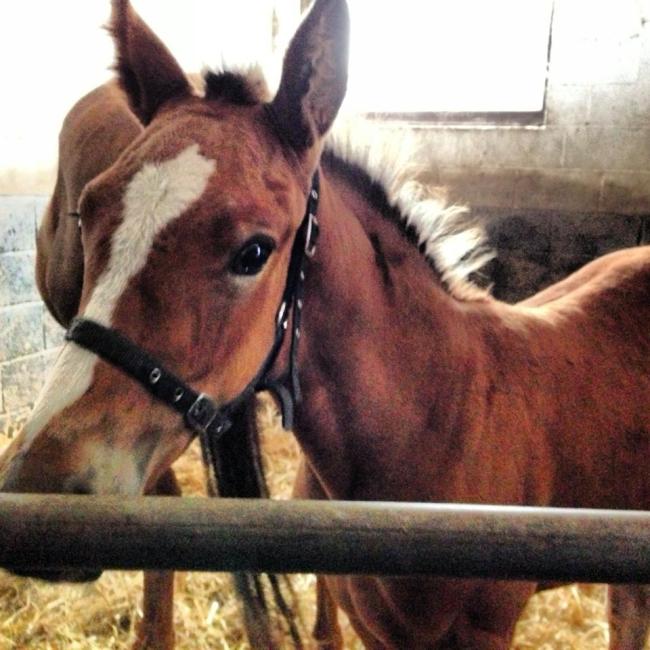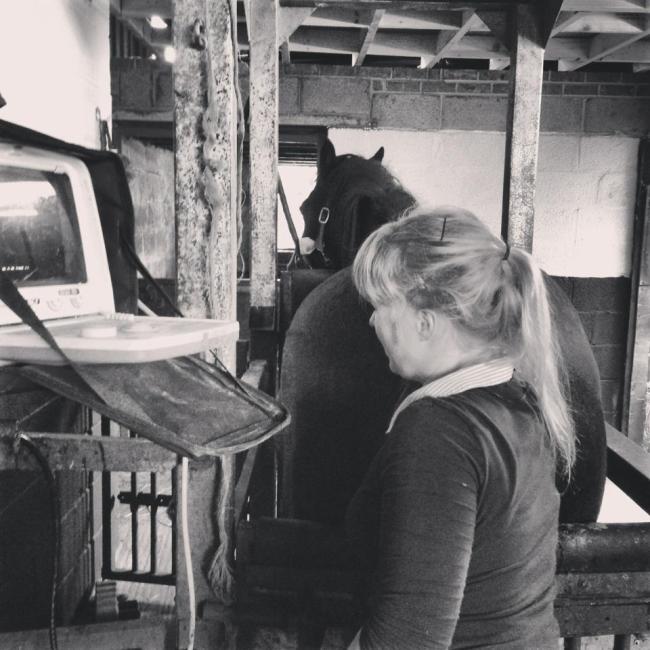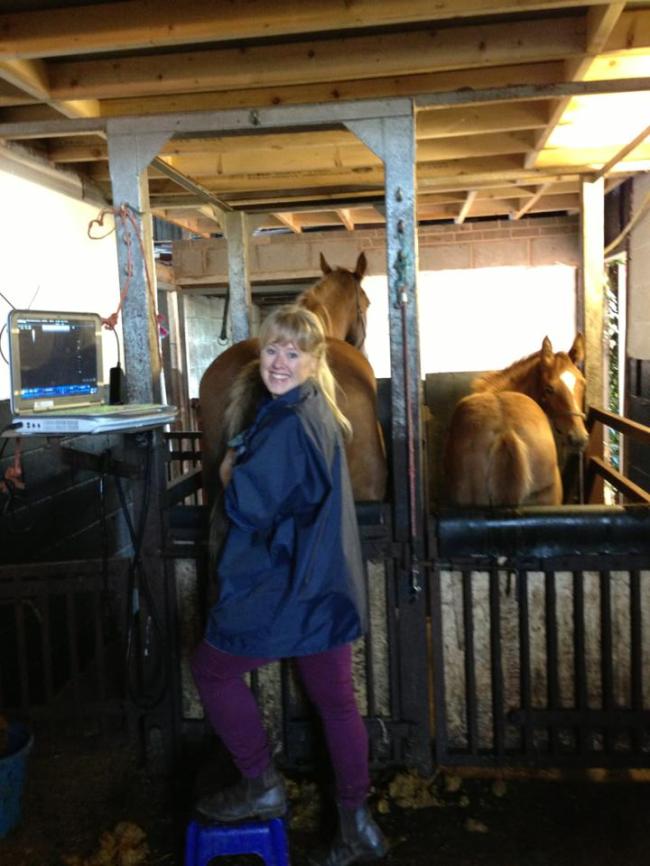This week I’m located down in the west Midlands doing Equine fertility work with John Newcombe and Gary Kelly. John Newcombe is one of Britain’s most prominent equine stud vets and is an expert in his field. He works with Embryo Transfer all over the world and Mare Fertility/ pregnancy diagnosis. John also does a lot of research within equine reproduction. Gary is also an equine fertility vet, but he also works with Equine dentistry.
The problem with being a new vet is that it’s expected that you know so much when you graduate even though your not allowed to do much before your qualified when seeing practice. Therefore I decided to travel to Brownhills in West midlands, just outside of Birmingham to gain some experience in equine reproduction with the famous John Newcombe. I flew in from Glasgow on Sunday and already on Sunday evening John was having me rectal examine his mares to locate the uterus and ovaries. He would then ultrasound these structures to identify what stage of the cycle they were to potentially cover them with a stallion.
Rectal examination of horses is quite a tricky thing to do in the beginning, because you might know the theory bind what your meant to feel, but you don’t know how it feels or where to located what your meant to feel. All mares are different as well, which makes it hard to standardise the learning. The only way to learn this method is to practice it, but then again many clinics won’t let you practice this as student, because of the danger that the mare will have a rectal tear, in which case she might have to be put down. John has over 50 horses at his yard, which are all used to him examining them. So I was allowed to examine them when brought in. In the beginning I had problems locating the uterus, especially in the older mares because the uterus was often located much further in and I’m not a very tall person.
I’ve now been here a week and with being allowed to rectal examine horses 3 times a day, I’ve notices a huge improvement. I can now locate the uterus in all the mares that come in as well as locate most of the ovaries. I’ve also started to be able to assess the tone of the uterus body and horns as well as the size of the ovaries. This is important because the uterus and horns will change in tone depending on where in the cycle the mare is. The ovaries will also change in tone right before ovulation as well as some mares being more tender at this point. Its therefore important to assess all of the mares behaviour, not just oestrus behaviour.
Several of the mares were covered/mated when I was here as well. John is doing research where he flushes the Mare after a certain amount of hours after she has been covered to compare how many inflammatory cells there are in the uterus after natural service (stallion) compared to frozen or chilled semen inseminated. Therefore 4-6 hours after the mare was covered, we flushed here, often at midnight.
Warren house if one of the few veterinary clinics in Britain that y regularly and successfully carry out Embryo transfer. This procedure is when you take a 7 day old embryo from one mare (“donor”) and place it into the uterus of another mare (“recipient”). The recipient mare will then carry the pregnancy to term and mother the foal until weaning. The donor mare is then free to be mated again to achieve more pregnancies in the same year or continue her competitive career.
Next week I’m of to do Veterinary dentistry at a referral clinic in North Berwich.
Talk soon
Annette










